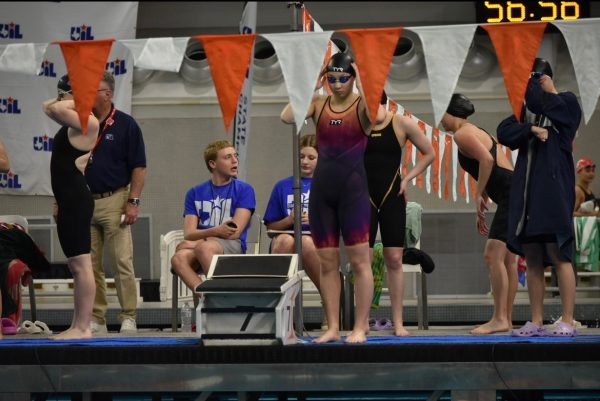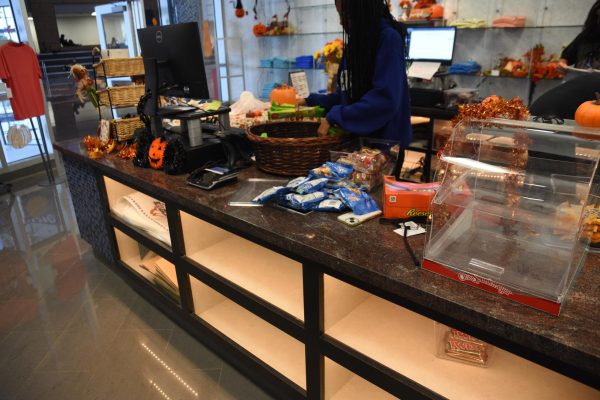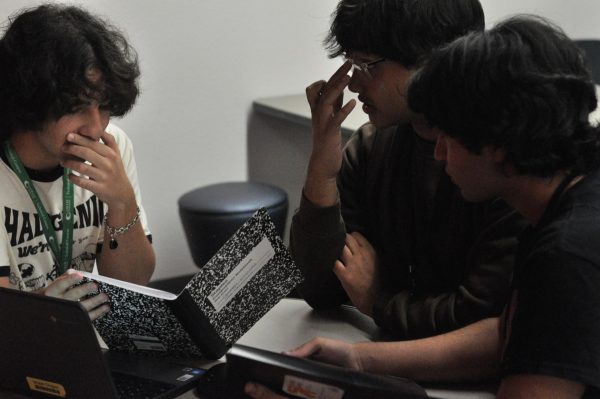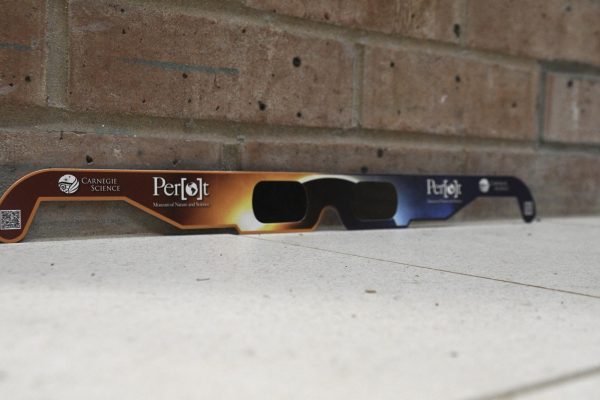Allen Meets Animatronic Dinosaurs
Behind Allen Station Park and a multitude of business buildings surrounding the Old Stone Dam is something a passerby probably wouldn’t expect or even notice. Building 1277 is different from the insurance company right beside it mostly because, well, it’s a dinosaur factory. Inside Billings Production Co. resides the home of North America’s only life-size animatronic dinosaurs.
It started out with a husband and wife team in 2003. Lawrence and Sandra Billings had just come back from working with an animatronic company overseas and saw an opening in the U.S. for this type of market.
“Lawrence and Sandra decided to make it happen themselves and began creating their dream right in their backyard in McKinney,” Gilbert said.
The couple started leasing their dinosaur creations to supporting zoos and museums and were able to contribute to about three to six shows per year. Over the years the company has grown in almost every aspect of their production. It now contributes to 20 to 25 shows yearly and has grown to around 50 helping employees.
“The full house production company makes all of its animals from scratch,” Billings employee Robert Gilbert said. “Once we have determined a creature that we want to make, let’s say it’s a T-rex, we will then spend three to four weeks researching and pouring over scientific papers trying to find the latest information on that animal. Then we will reach out to scientists and pathologists to try and get additional information from them.”
Next they will build a small model, anywhere from 6 inches to 2 feet to further ensure the dinosaur they are trying to replicate is being accurately portrayed. After this, the paleontologists or scientists will come back and make changes as needed.
“(Sometimes) our jaws will be too wide, or maybe the stance is not on its toes enough, what a lot of people don’t realize is the correlation between dinosaurs and birds, so for the most part if we are doing a dinosaur we tend to look at birds as a guide,” Gilbert said.
Next they will scan the replica into a program on the computer to create a 3D image and use a CNC machine to cut the basic shape of the animal into large blocks of Styrofoam; they then sculpt over the top with molding clay.
Following this, sculptors will scale and add any other needed details. When this is completed the mold is taken off. Fiber glass is then brushed all over the unit so that the skin can be added to the animal. Figuring out the appearance of the dinosaur is the next step.
“Color. We get a lot of that. ‘Well how do you know what color they were?’ Well, we don’t. In science there’s very few dinosaur species’ that have a known color, it can be guesswork,” said Gilbert. “If you have a predatory dinosaur odds are he wasn’t going to be these bright colors because how would you be able to hide and catch your prey if you were flashy?”
Gilbert said that other than color, there isn’t as much theorizing as there used to be. Science has provided concrete evidence that wasn’t known before, and without it the Billings Production staff might not be able to do what they love. As a result Gilbert now gets to travel all over the world and go to zoos and museums to give behind the scenes tours on their creations.
“It is kind of a shock, you go into this giant warehouse full of animatronic dinosaurs, much like little kids do,” Gilbert said. “When they see these animals it’s the sheer size of them that get to you. You get kinda giddy and giggly, like a kid again you know?”
Madeline Chalkley is a senior who is in like to write about clothes, feminism and other things like that. She’s also very ready to graduate.









Melanie Schuchart • Dec 18, 2015 at 8:49 am
If you want to see the dinosaurs, you can see them now through February at the Heard Museum (heardmuseum.org) in McKinney Texas. They have a dozen or so placed along the trails. This is also the first place that the company placed their dinosaurs many years ago.